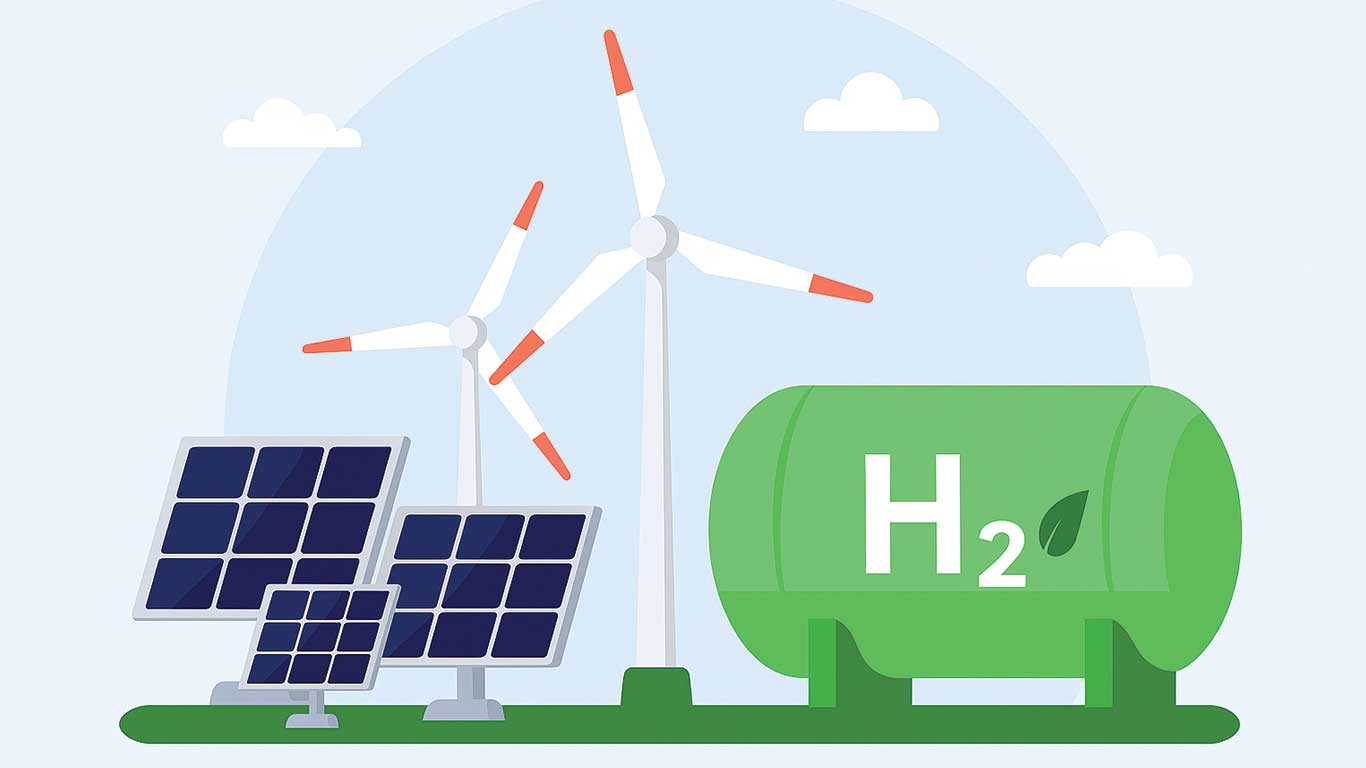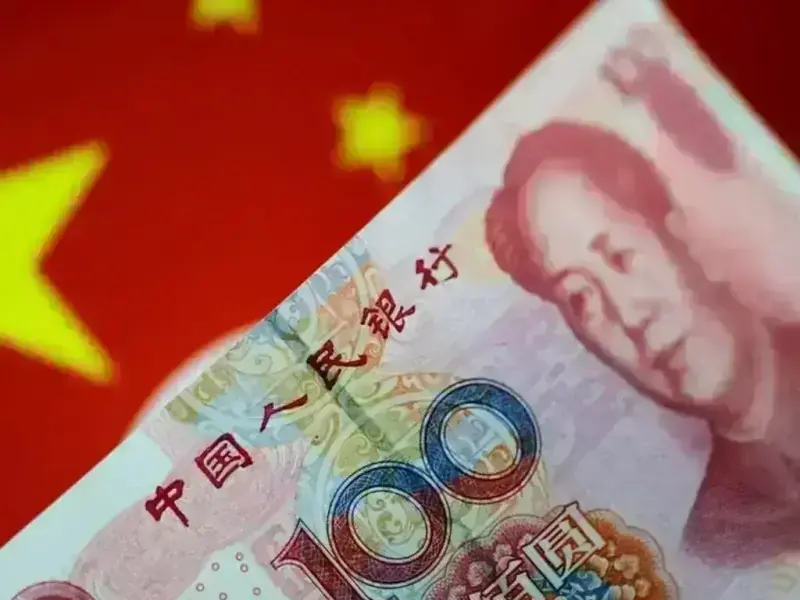Copyright knnindia

New Delhi, Oct 22 (KNN) The Ministry of New and Renewable Energy (MNRE) emphasised that India’s renewable energy sector is entering a new phase of strategic consolidation, shifting focus from rapid capacity addition to system integration and reliability. The next stage of India’s clean energy journey focuses on building a robust, dispatchable, and resilient renewable energy architecture to support the national goal of achieving an ambitious 500 GW of non-fossil capacity by 2030. The current focus lies on strengthening grid infrastructure, developing storage systems, and integrating hybrid and round-the-clock (RTC) projects to ensure stability and long-term sustainability. The government is implementing a Rs 2.4 lakh crore Transmission Plan for 500 GW, including high-capacity corridors from Rajasthan, Gujarat, and Ladakh under the Green Energy Corridor initiative. Transmission capacity is projected to increase from 120 GW to 168 GW by 2032, unlocking over 200 GW of renewable potential. Recent amendments to the CERC General Network Access (GNA) Regulations, 2025 are set to enhance transmission efficiency by introducing dynamic corridor sharing between solar, wind, and storage projects, reducing grid congestion and accelerating project implementation across renewable-rich states. India’s renewable expansion is advancing through multiple channels, including large hybrid and RTC projects, offshore wind, battery energy storage systems (BESS), and distributed solar initiatives under PM Suryaghar and PM-KUSUM. The National Green Hydrogen Mission is linking renewable generation with industrial decarbonisation, while new storage and market-based mechanisms are creating pathways for flexible and firm power supply. Policy initiatives such as the Production-Linked Incentive (PLI) scheme, domestic content requirements, and fiscal adjustments in GST and ALMM are deepening India’s manufacturing base, reducing import dependence, and enhancing technology reliability. Despite global headwinds, India remains one of the most attractive destinations for clean energy investment, with over 40 GW of awarded projects in advanced stages of securing power purchase and transmission agreements, while renewable tariffs remain among the lowest globally. MNRE noted that India’s renewable energy story is evolving from speed to strength focusing on integration, grid reliability, and sustainable market design. The next phase of growth will be defined by strategic resilience rather than mere expansion. Looking ahead, large hybrid and RTC projects are moving into execution across Rajasthan, Gujarat, and Karnataka, while offshore wind and pumped hydro storage are gaining momentum. Distributed solar and agrovoltaic initiatives under PM Suryaghar and PM-KUSUM are deepening rural participation, and the National Green Hydrogen Mission is driving renewable-linked industrial decarbonisation. Strengthening of the Green Energy Corridor Phase III and development of energy storage infrastructure will further enhance system reliability and dispatchability. (KNN Bureau)



